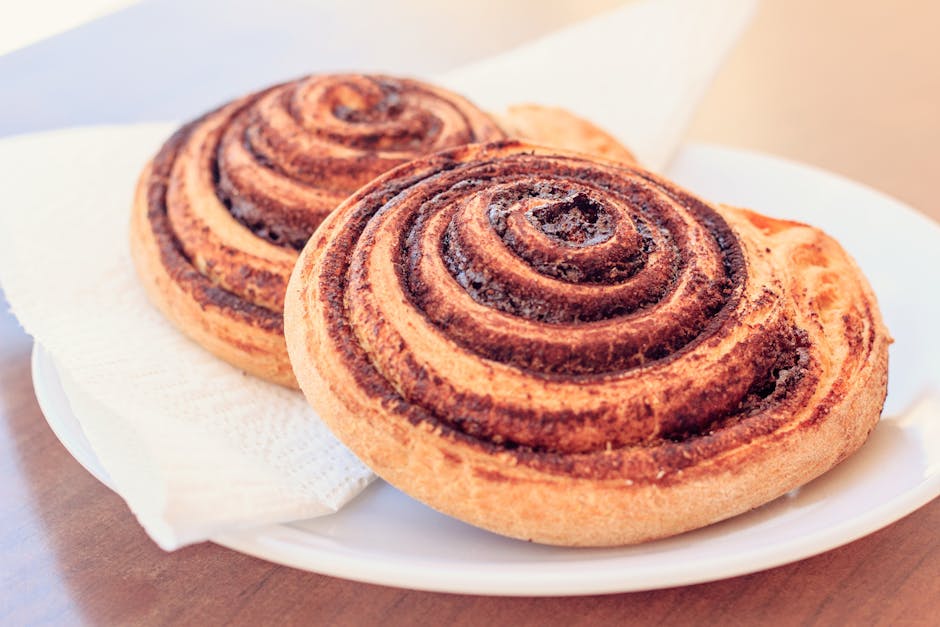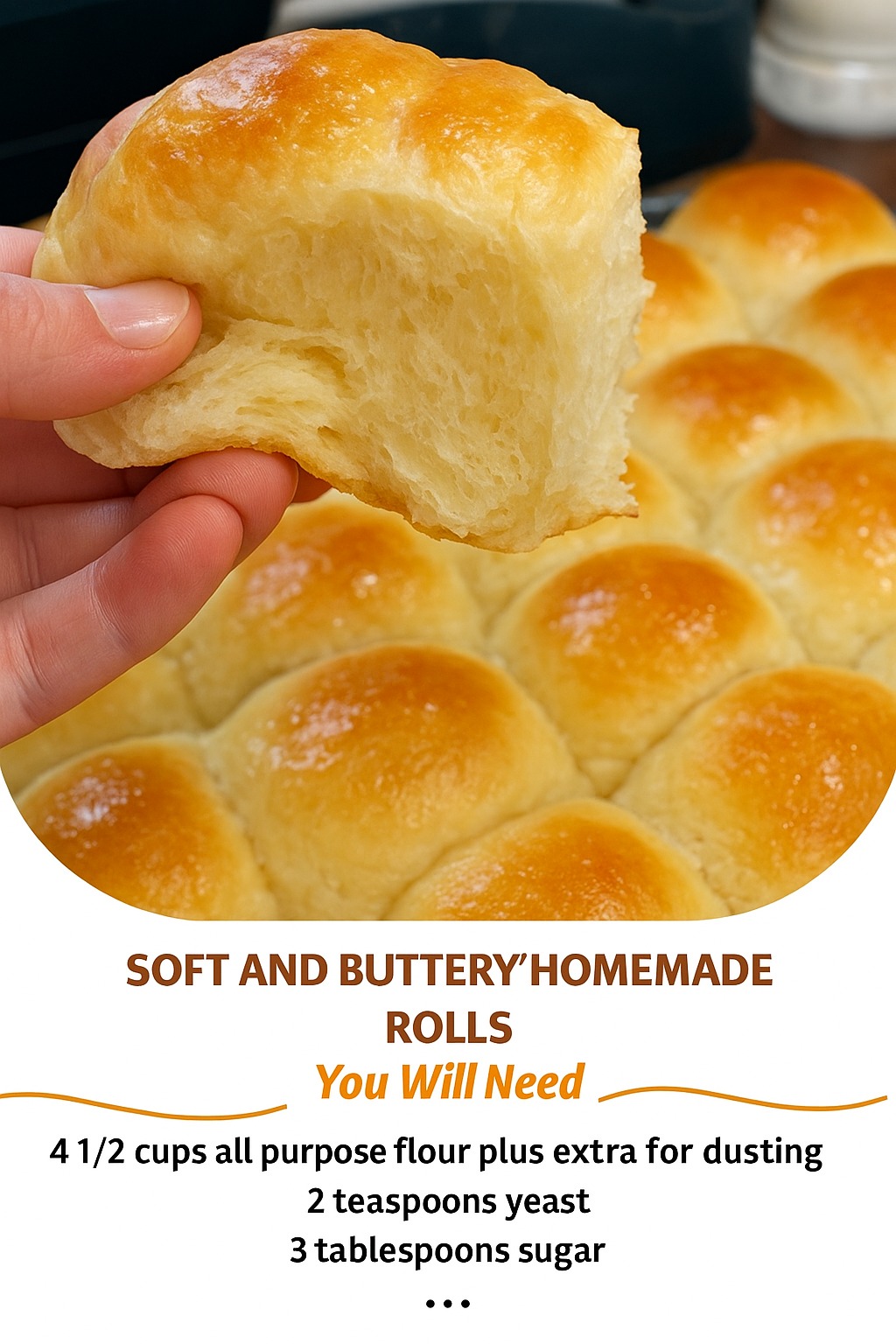Is there anything better than a warm, soft, and buttery homemade roll? I don’t think so! Making your own rolls from scratch might seem intimidating, but trust me, with the right recipe and a few simple tips, you can achieve bakery-worthy results right in your own kitchen. Get ready to impress your family and friends with these melt-in-your-mouth delights.
Why Make Homemade Rolls?
Let’s be honest, store-bought rolls are convenient, but they often lack the flavor and texture of homemade. When you bake your own rolls, you control the ingredients, ensuring they are fresh and delicious. Plus, the aroma of baking bread filling your home is simply irresistible! Here’s a quick rundown of the perks:
- Superior Taste: The flavor is richer and more complex.
- Better Texture: Soft, fluffy, and perfectly tender.
- Customizable: Adjust sweetness, herbs, or toppings to your liking.
- Sense of Accomplishment: There’s nothing quite like the pride of serving something you made from scratch.
[
The Secrets to Soft and Buttery Rolls
Achieving that perfect texture requires a bit of attention to detail, but don’t worry, we’re breaking it down into manageable steps. The key is in the ingredients and the technique.
The Right Ingredients
Not all flour is created equal! And the quality of your butter really matters.
- Flour: Bread flour is your best bet for a chewier, sturdier roll. All-purpose flour works too, but your rolls might be slightly less chewy.
- Yeast: Use active dry yeast or instant yeast. Make sure it’s fresh! Older yeast may not rise properly. You can proof your yeast by adding it to warm water with a little sugar. If it foams up after 5-10 minutes, it’s good to go.
- Butter: Unsalted butter is preferred, so you can control the salt content. Use high-quality butter for the best flavor.
- Milk: Whole milk adds richness and tenderness. You can substitute with non-dairy milk, but the results may vary slightly.
- Sugar: Sugar feeds the yeast and adds a touch of sweetness.
- Salt: Salt controls the yeast and enhances the flavor.
[
Mastering the Dough
Working with yeast dough can be a bit tricky, but following these guidelines will set you up for success.
- Mixing: Combine the ingredients according to your recipe. A stand mixer with a dough hook is helpful, but you can also knead by hand.
- Kneading: Knead the dough until it’s smooth and elastic. This develops the gluten, which gives the rolls their structure. If using a stand mixer, knead for 6-8 minutes. By hand, knead for 8-10 minutes.
- First Rise: Place the dough in a greased bowl, cover it, and let it rise in a warm place until doubled in size. This usually takes about 1-2 hours. A warm oven (turned off!) or a sunny spot works well.
- Shaping: Gently punch down the dough and shape it into rolls. There are many ways to shape rolls; you can make simple round rolls, knots, or even cloverleaf rolls.
- Second Rise: Place the shaped rolls on a baking sheet lined with parchment paper. Cover them and let them rise again until almost doubled, about 30-60 minutes.
[
Baking to Perfection
Getting the baking temperature and time just right is essential for perfectly golden and soft rolls.
- Temperature: Preheat your oven to the temperature specified in your recipe, usually around 350-375°F (175-190°C).
- Baking Time: Bake the rolls until they are golden brown on top. The baking time will vary depending on the size of the rolls, but it’s usually around 15-20 minutes.
- Butter Bath: As soon as the rolls come out of the oven, brush them with melted butter. This gives them a beautiful shine and adds extra flavor.
[
Tips for Extra Softness
Want to take your rolls to the next level of softness? Here are a few extra tips:
- Tangzhong Method: Adding a tangzhong (a cooked flour and water mixture) to the dough can significantly improve the texture and moisture retention.
- Potato Flakes: Adding a small amount of instant potato flakes to the dough can also make the rolls softer and more tender.
- Don’t Overbake: Overbaking is the easiest way to dry out your rolls. Keep a close eye on them and remove them from the oven when they are golden brown.
- Steam: Baking with steam can help create a softer crust. You can achieve this by placing a pan of hot water on the bottom rack of your oven.
[
Conclusion
Making soft and buttery homemade rolls is an achievable goal, even for beginner bakers. By understanding the importance of each ingredient, mastering the dough-making process, and following our baking tips, you’ll be well on your way to creating the most delicious rolls you’ve ever tasted. So, grab your apron, gather your ingredients, and get ready to enjoy the satisfaction of baking your own heavenly, homemade rolls. Your family and friends will thank you!
